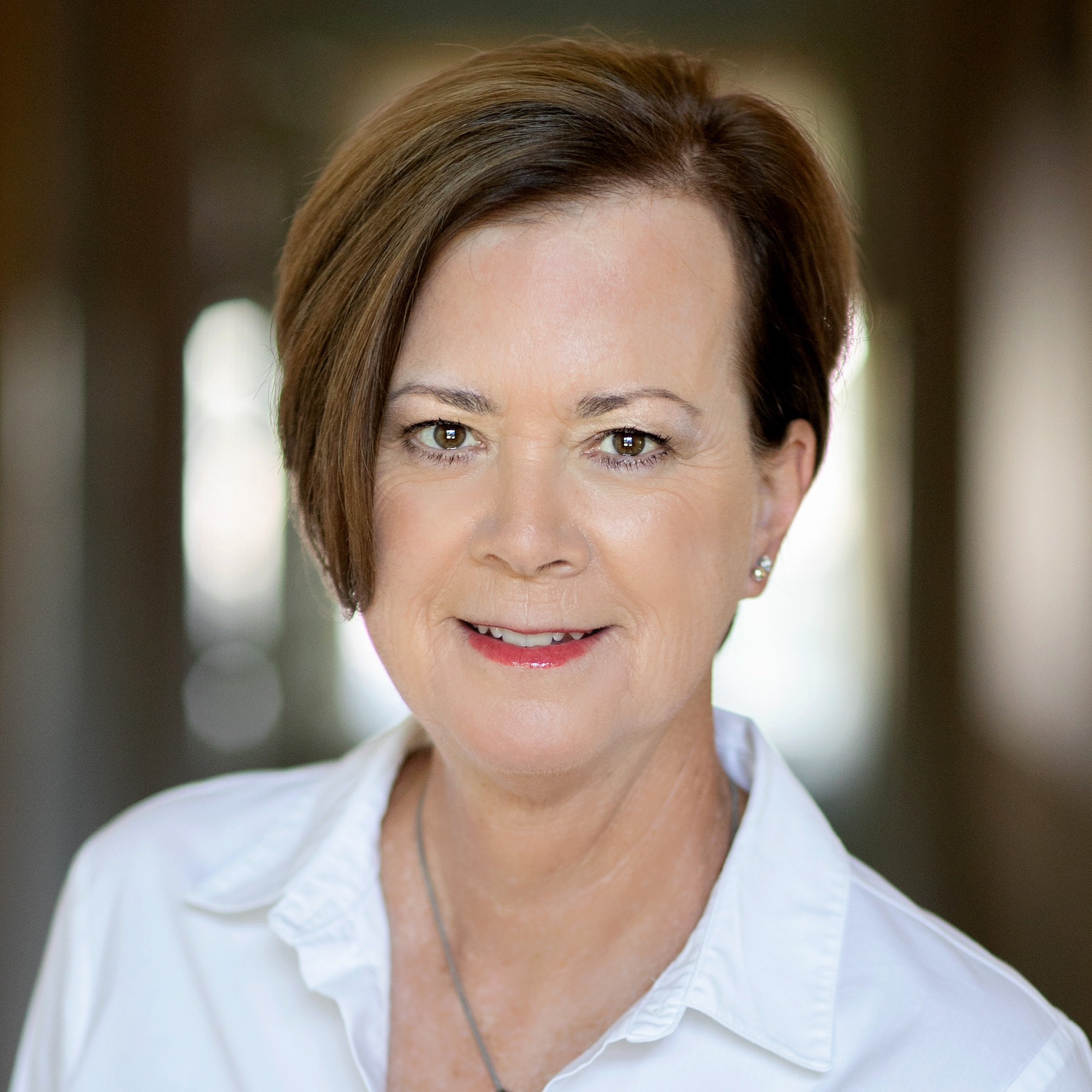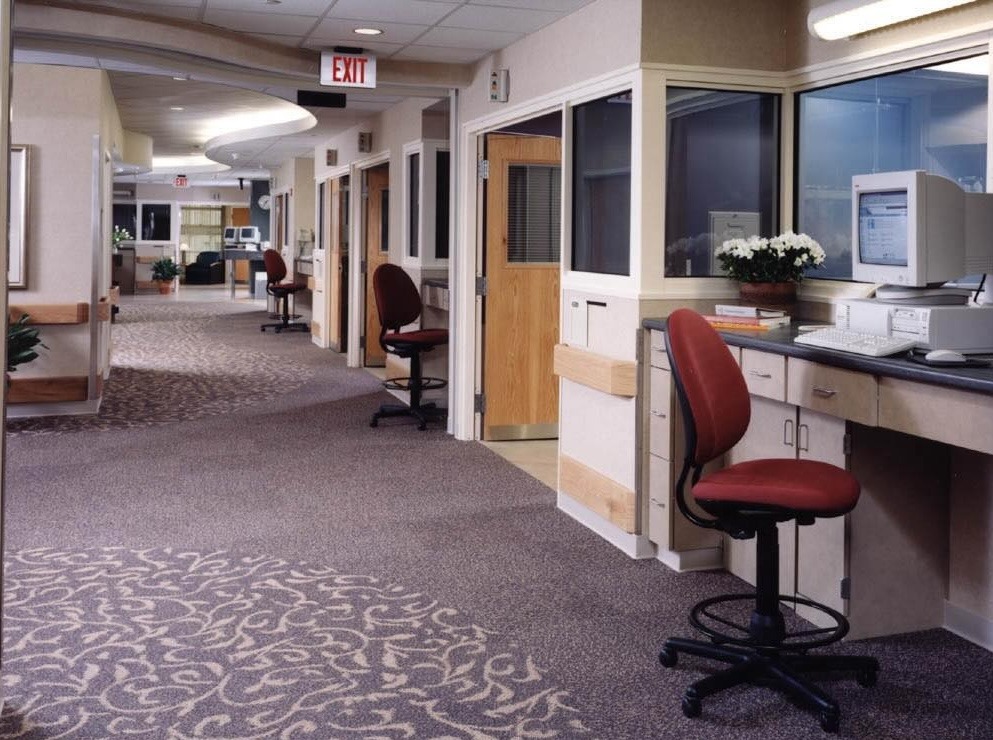
1. What role should design professionals play in a research design process?
Stephen Orfield, President of Orfield Labs, said that many architects and designers -- even those who are EDAC certified are still struggling with executing a scientific process.
"...the best designers are wonderful at translating definitions into concrete solutions," Orfield wrote. "But designers of buildings and interiors, much like industrial designers, have generally not been trained in or studied the process of measuring people. This is why most large product companies have a research department, a market research department and a user experience department"
Kirk Hamilton, a Professor at Texas A&M University and co-editor of the HERD Journal, agrees that most designers lack the skills for "searching, collecting, analyzing, and interpreting evidence and research findings..." and that "these things are not taught in professional degree programs." He wrote that we should "adopt a bit more rigor in introducing the evidence-based design concept and offer courses that prepare students to work in the evidence-based design world of the future."
Hamilton also envisions a future where most large design firms will have "a research department, market research department, and a user experience department."
2. Should research and design be separate?
John Trenouth, Principal at Spire Innovation raised this question by reminding everyone that Don Norman made this claim a while back. "Norman suggests that design research should be an ongoing activity funded and resourced independently and outside the context of any particular project, and thus available to all projects all the time. In this way research both precedes and runs in parallel with design," he wrote.
Orfield argued that the "skills are clearly different skills, and they are often different parties, but...to optimize design, both need to be present at the table."
"Architects and designers have long used the term 'research' to name the almost casual investigation and data gathering that precedes the actual process of design," responded Hamilton. "It is easy (much too easy!) to say time spent interviewing the client, getting a site survey, seeking information about utilities, looking up data about sun angles, copying an article about a similar project, and making selections from manufacturers' catalogs is time devoted to project research. This needs to be done for any project."
"For me, design RESEARCH is a rigorous investigation involving review of previous published material, including scholarly papers, interpretation of the credible findings, documenting statements of one or more design hypotheses, development and testing of design alternatives, implementation of the project, and measurements after completion to see whether the hypotheses were supported or not," Hamilton wrote. "It is possible for practitioners to be involved in serious research, which I enthusiastically encourage."
Well said, guys. A few other folks also posted comments. What's clear to me is that evidence-based design is still an emerging field and we still have a long way to go to understand the process and build teams that can successfully execute it.
P.S. Please do me a favor -- if you liked this post and like this blog, please share it with others by sending them the link and/or post it on your Twitter, LinkedIn, or Facebook, etc. Also, don't forget to subscribe, so you'll get emails when new content is posted. Thanks!






